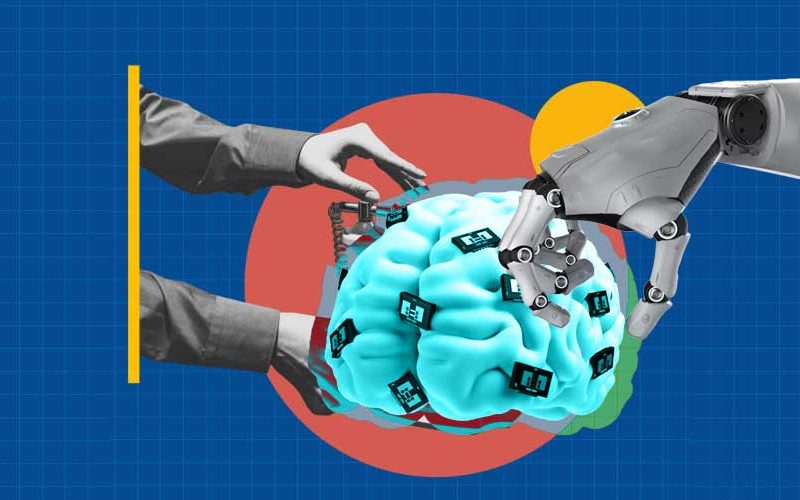Achieving success through the essential dos and don’ts of integrating ChatGPT into your business strategy
Integrating ChatGPT, an AI-powered chatbot, into your business strategy can revolutionize customer support automation and streamline operations. However, achieving success requires understanding and implementing the essential dos and don’ts. This article will explore the key considerations for integrating ChatGPT effectively.
Discover the best practices and potential pitfalls to ensure a seamless implementation that enhances customer experiences and drives business growth. Integrating ChatGPT into your business strategy involves crucial dos and don’ts to maximize its potential. Firstly, defining clear objectives and identifying specific use cases for the chatbot is essential. Determine how ChatGPT can augment customer support or streamline processes to align with your business goals. Additionally, invest in training the chatbot using relevant data and employ continuous learning techniques to refine its responses over time.
Dos of Integrating ChatGPT:
1. Understanding Your Business Needs:
Before implementing ChatGPT, gain a clear understanding of your business requirements. Identify areas AI can significantly impact, such as customer support, lead generation, or data analysis. By aligning ChatGPT with your specific needs, you can enhance its capabilities and make it an invaluable asset to your organization.
2. Training and Fine-Tuning:
ChatGPT operates based on machine learning algorithms and neural networks, which require training to improve its responses over time. Dedicate time and resources to fine-tune the AI model with relevant data. This process ensures that ChatGPT understands your business’s context and provides customers with accurate and relevant information.
3. Clear Communication with Customers:
Set clear expectations with your customers when they interact with ChatGPT. Transparently inform users that they are conversing with an AI-powered virtual assistant. This approach fosters trust and minimizes the risk of confusion. Clearly define ChatGPT’s scope of assistance and highlight the availability of human support for more complex queries.
4. Data Security and Privacy Measures:
Data security is of utmost importance when integrating AI into your business. Ensure that ChatGPT adheres to stringent data protection protocols. Implement robust security measures to safeguard sensitive customer information and comply with relevant regulations such as GDPR or CCPA.
Don’ts of Integrating ChatGPT:
1. Overlooking Ethical Considerations:
As AI becomes more integrated into our lives, ethical concerns arise. Avoid deploying ChatGPT in ways that could mislead or deceive customers. Be cautious about sharing sensitive or misleading information, and ensure the AI operates within ethical boundaries.
2. Over-Reliance on AI:
While ChatGPT is a remarkable tool, it can only partially replace human judgment and creativity. Avoid over-reliance on AI for critical decision-making processes. Instead, use ChatGPT as a supportive tool to aid human employees and enhance their productivity.
3. Ignoring Customer Feedback:
Gather feedback from customers who interact with ChatGPT. This valuable input can help identify areas for improvement and ensure that the AI model aligns better with user needs. Ignoring feedback may lead to missed opportunities for enhancing the AI’s performance.
4. Neglecting Human Touch:
AI can provide quick and efficient responses, but human interaction has a unique value. Pay attention to the importance of human empathy, particularly in sensitive situations where customers seek emotional support or personalized assistance.







